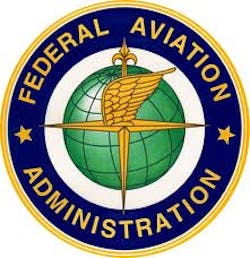Harris Corp. adds ARINC to team working on FAA NextGen Data Communications
ANNAPOLIS, 10 Oct. 2012.Harris Corp. officials selected ARINC Inc. to provide integration and engineering services for the air-ground, ground-ground, and avionics domains under the Federal Aviation Administration’s (FAA’s) Data Communications Integrated Services (DCIS) program.
Harris officials have assembled a team of aviation and communications companies, including experts in networking, protocols, and VHF Data Link technology, to help deliver reliable air/ground data communications services under the FAA contract.
ARINC will “maximize its partnerships with 85 percent of the domestic airline market to encourage early adoption of avionics equipage that meets requirements for data communications,” according to a spokesperson. Specifically, ARINC will help evaluate existing avionics equipage and offer recommendations on avionics upgrades to enable airlines to participate in the FAA's $80 million avionics equipage early adoption incentive plan.
"ARINC's existing airline relationships and network infrastructure were two critical factors in our decision-making process," explains John O'Sullivan, vice president, Mission Critical Networks, Harris Government Communications Systems. "Their avionics suite lab and avionics qualification program will enable us to immediately show the airlines how their participation will result in cost savings. From day one, we will be able to work toward maximum value for the FAA."
The Next Generation Air Transportation System (NextGen) program represents a comprehensive overhaul of the national airspace system. Upon full implementation, the program will help prevent accidents through advanced safety management, reduce carbon dioxide emissions by 14 million metric tons, reduce fuel usage by 1.4 billion gallons, improve communications to provide better information to airline employees and passengers, and restore flexibility to a system that is nearing the point of growth inhibition. The FAA has set 2025 as the goal to transform the current aviation system.
